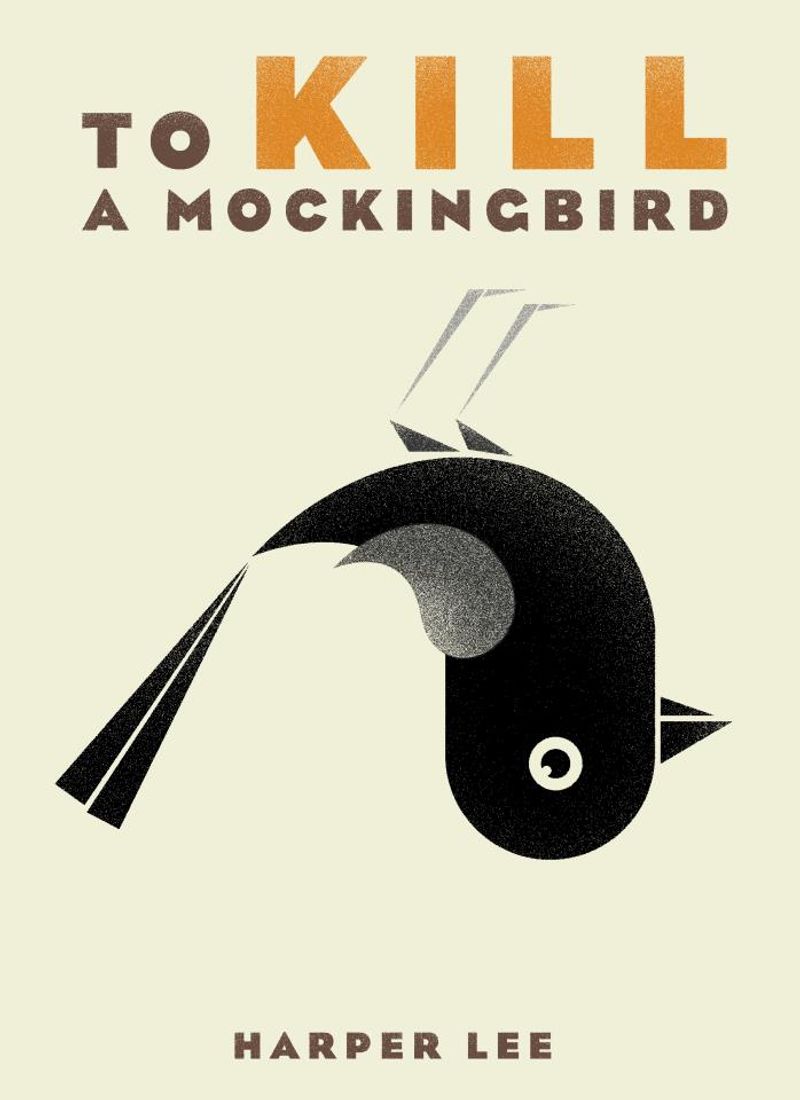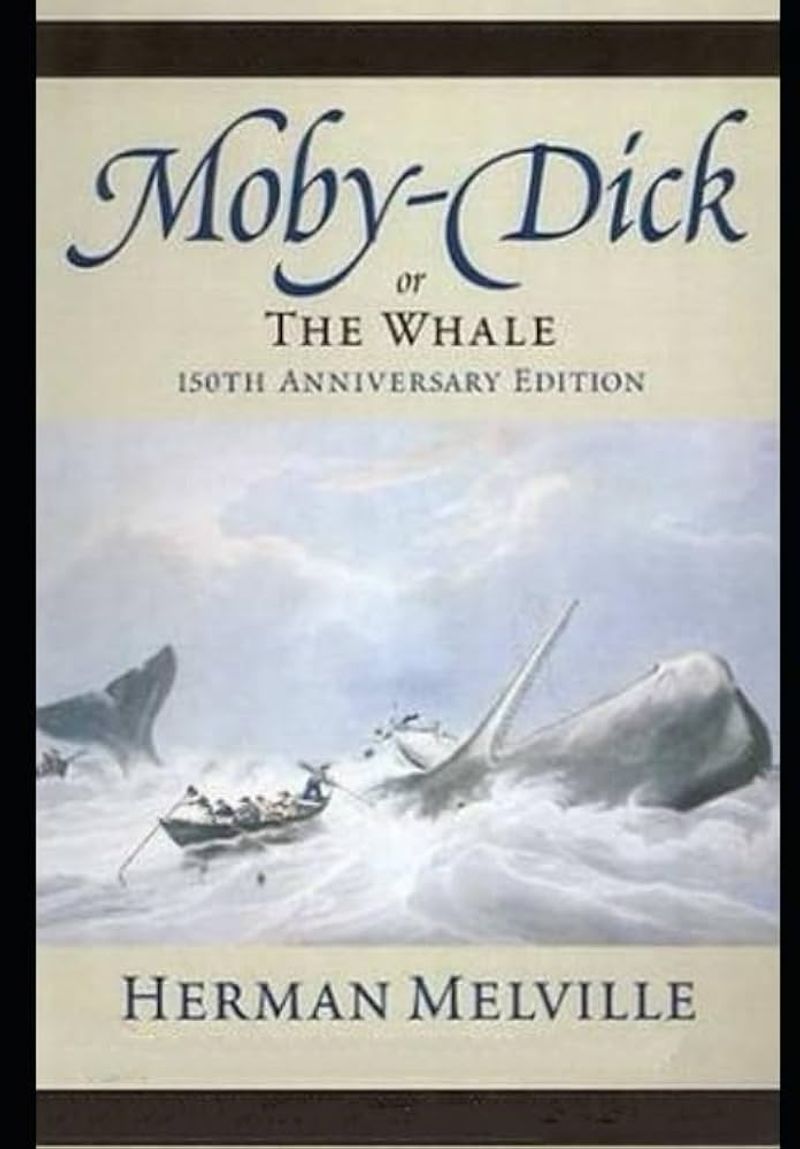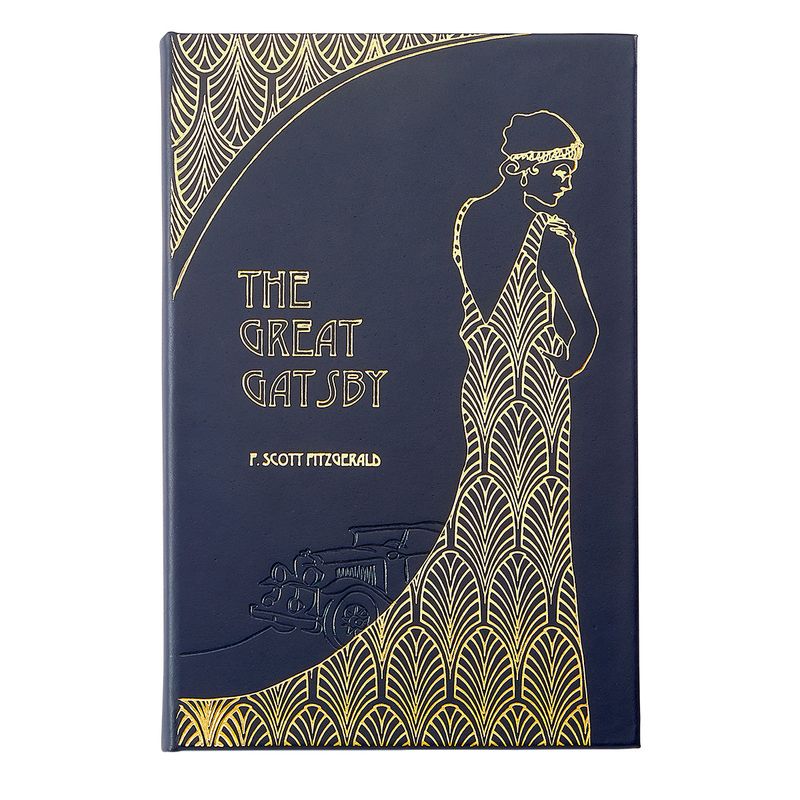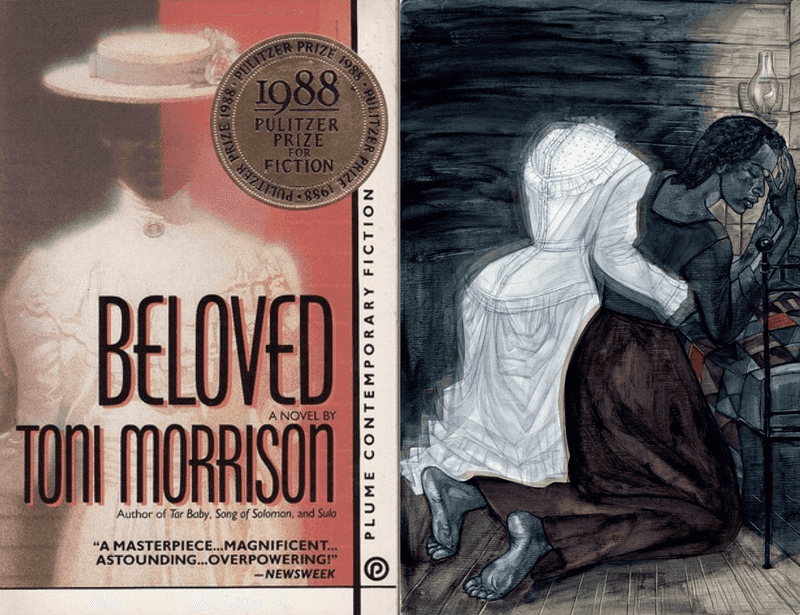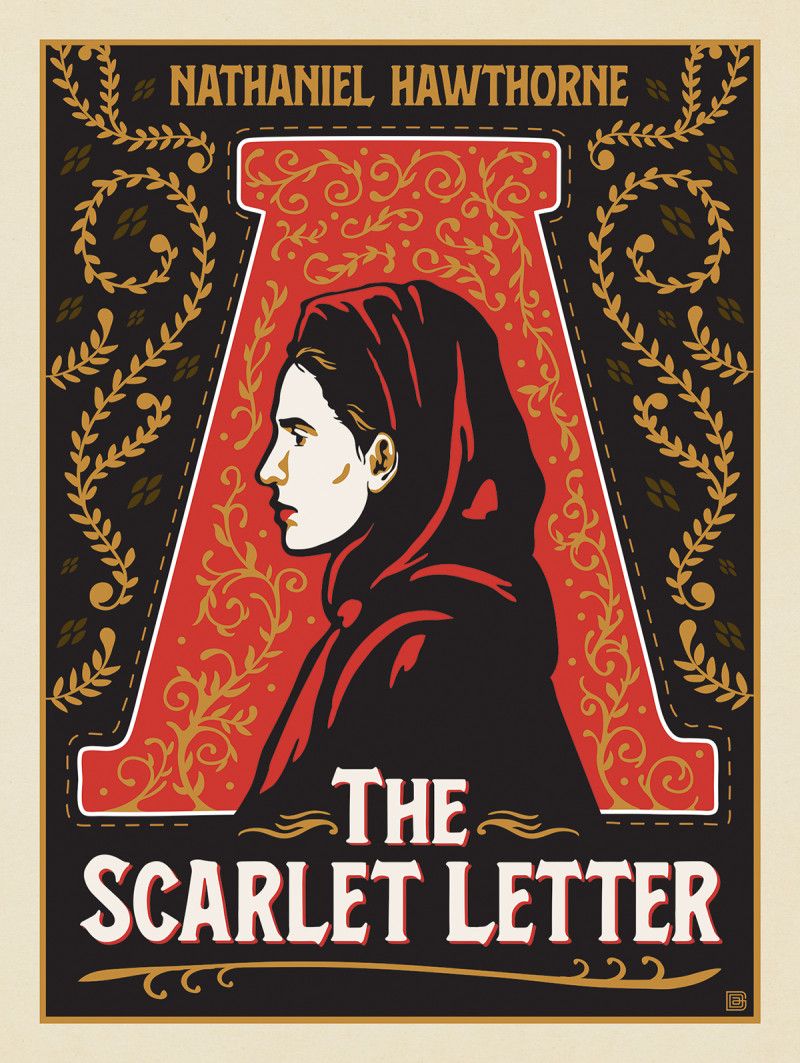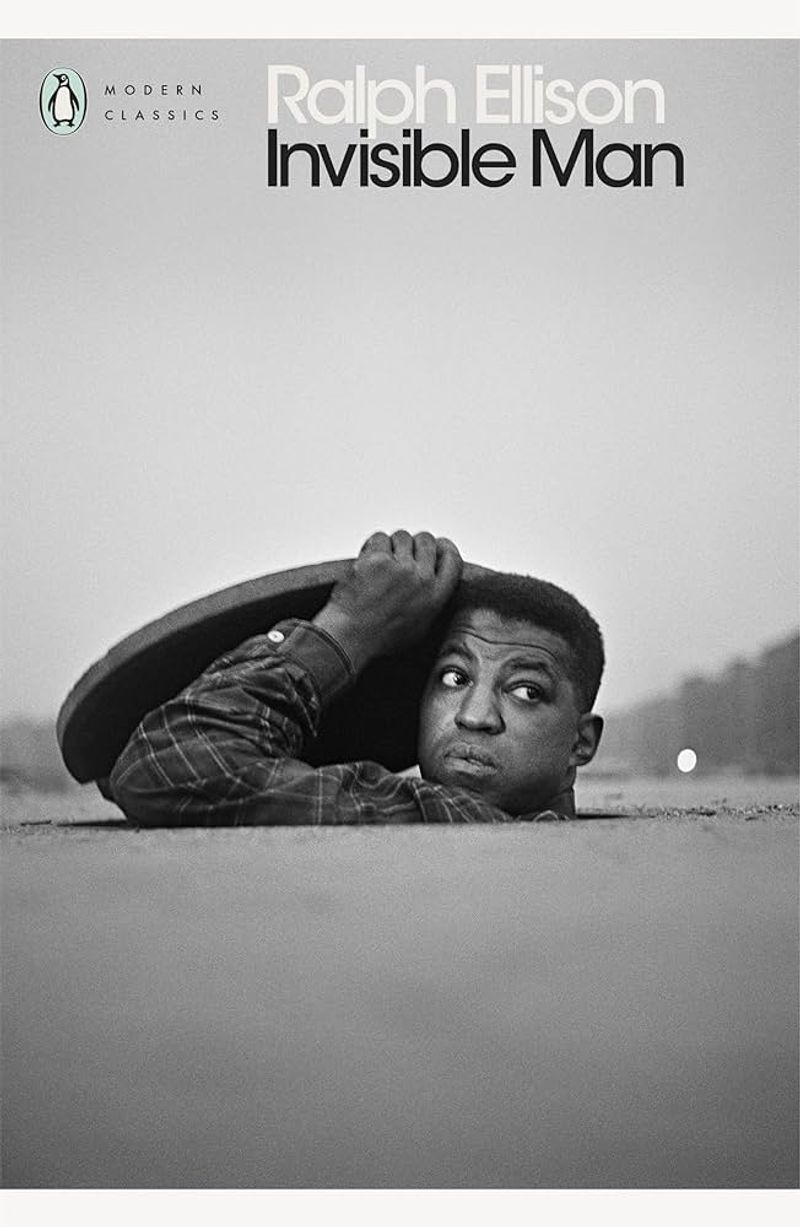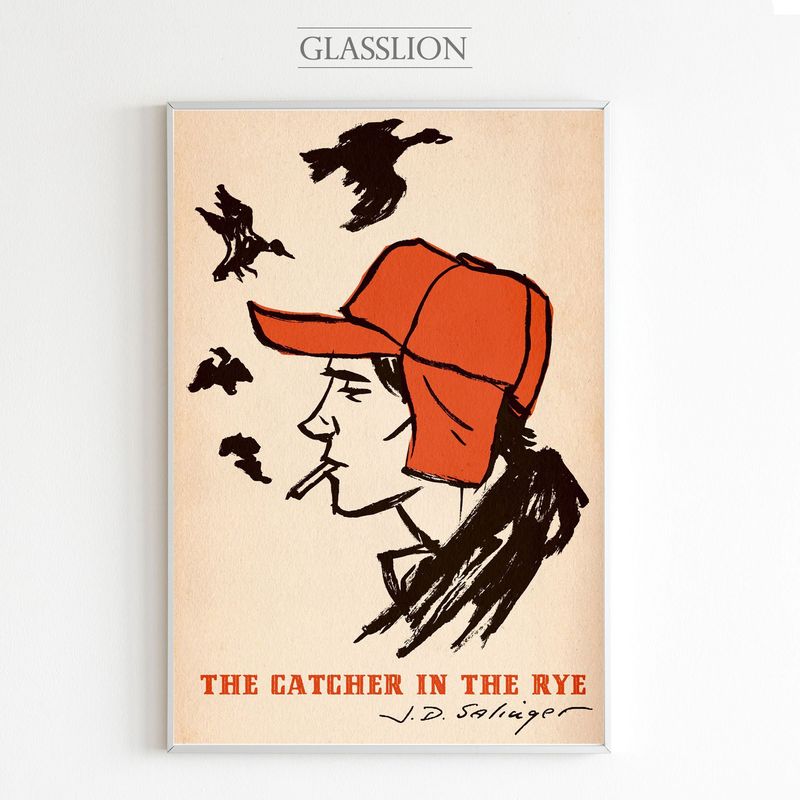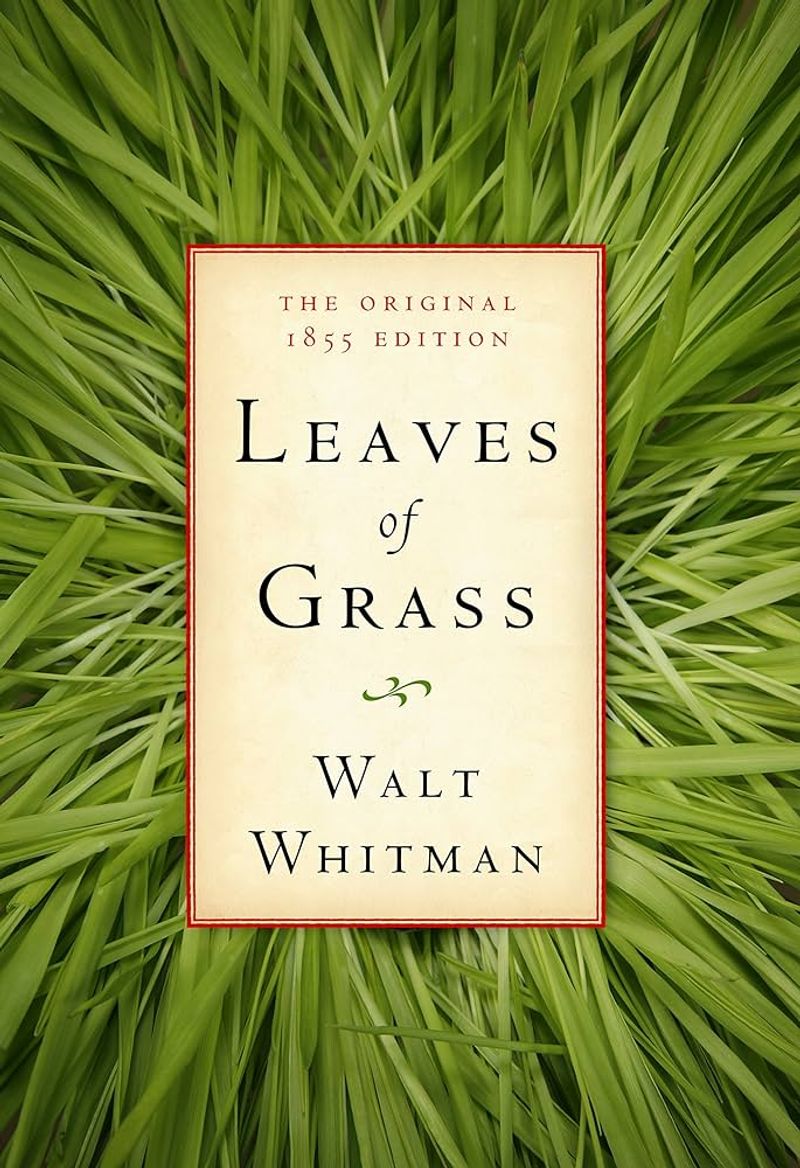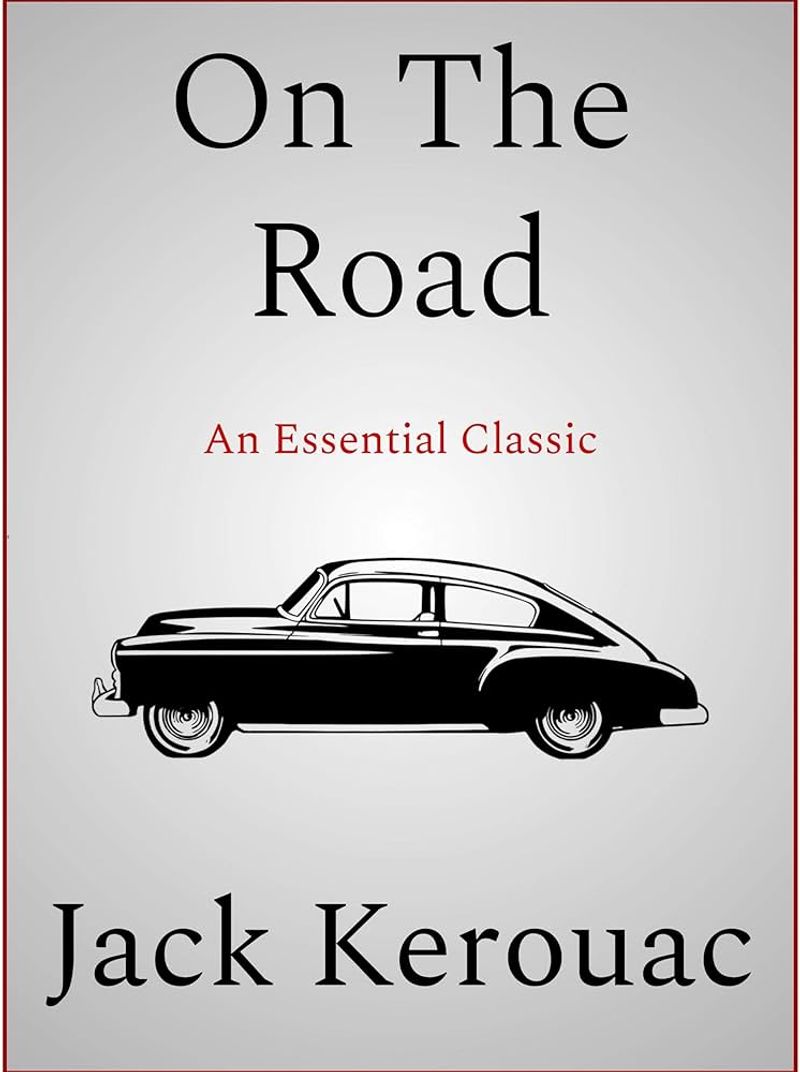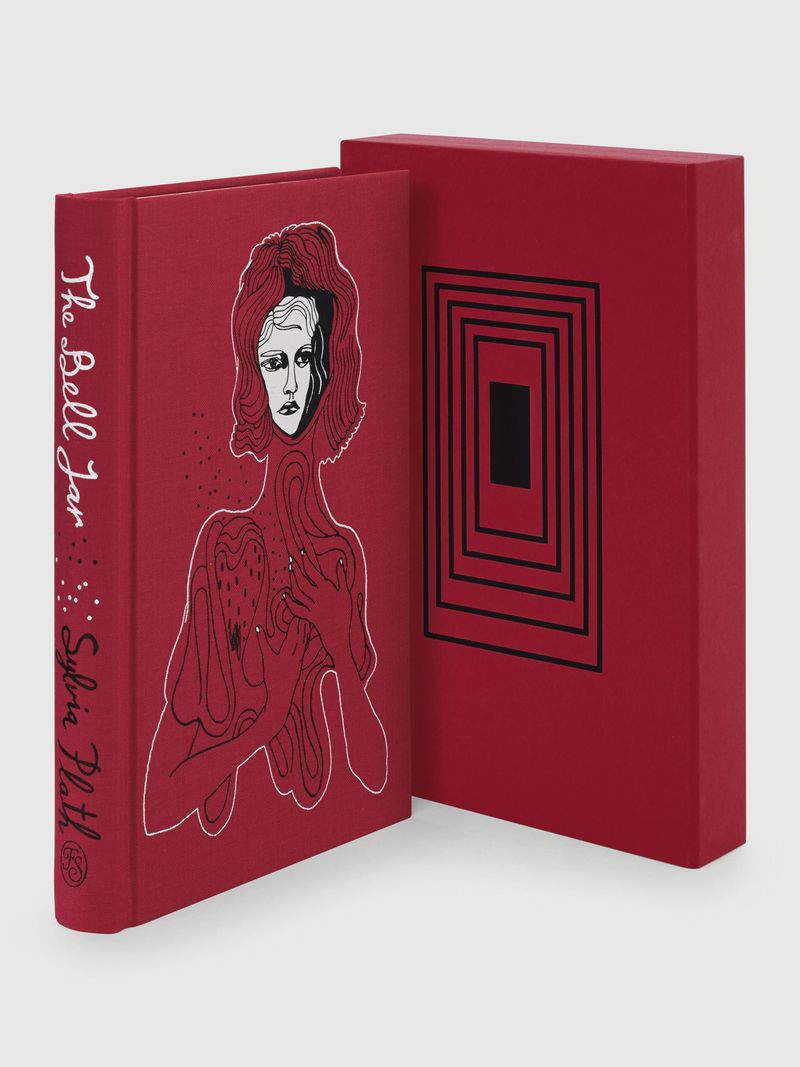Explore the rich tapestry of American literature with these 15 masterpieces that have shaped the landscape of storytelling. From the heart-wrenching tales of the human spirit to the profound explorations of societal norms, these works offer timeless insights and reflections on life, identity, and the world around us. Each piece stands as a testament to the power of words and the enduring legacy of storytelling in American culture. Dive into these incredible narratives and let them transport you to different eras, places, and emotional depths that only great literature can.
1. To Kill a Mockingbird – Harper Lee (1960)
Set in the racially charged atmosphere of the Deep South, young Scout Finch experiences the harsh realities of prejudice and moral growth. Through the eyes of this feisty tomboy, readers explore the complexities of justice and humanity. Her father, Atticus Finch, stands as a beacon of integrity, defending a wrongfully accused black man. The narrative brims with warmth, humor, and wisdom, as Scout learns about compassion and courage. Harper Lee’s masterpiece remains a poignant exploration of empathy and justice, resonating across generations with its timeless message of human dignity.
2. Moby-Dick – Herman Melville (1851)
In this monumental tale, Captain Ahab’s hunt for the enigmatic white whale symbolizes man’s eternal struggle against nature. Set on the high seas, the narrative dives deep into themes of obsession and revenge. Ishmael, the story’s reflective narrator, guides readers through a world of sailors, whales, and philosophical musings. The novel’s rich symbolism and intricate prose weave a complex tapestry of human ambition and folly. Melville’s masterpiece challenges the boundaries of literature, leaving readers to ponder the vast, uncharted waters of the human soul.
3. The Great Gatsby – F. Scott Fitzgerald (1925)
Amidst the glitz and glamour of the Jazz Age, Jay Gatsby’s dream of love and success unravels with tragic elegance. Nick Carraway, the novel’s observant narrator, unveils the illusions and disillusionments of the American Dream. The opulent parties, dazzling wealth, and romantic aspirations mask a deep sense of longing and loss. Fitzgerald’s lyrical prose captures the essence of an era filled with ambition and heartache. At its core, the story critiques the seductive but hollow promise of materialism, offering a timeless reflection on identity and aspiration.
4. Beloved – Toni Morrison (1987)
In a post-Civil War Ohio, Sethe’s past as a formerly enslaved woman haunts her with relentless intensity. This haunting tale delves into the scars of slavery and the unbreakable bonds of motherhood. The ghost of Sethe’s lost child, Beloved, encapsulates the pain and resilience of a people seeking freedom. Morrison’s lyrical narrative intertwines memory and reality, exploring themes of trauma and redemption. Her masterful storytelling challenges readers to confront the legacy of slavery and the complex tapestry of love, loss, and healing. A poignant journey of remembrance.
5. The Adventures of Huckleberry Finn – Mark Twain (1885)
In Twain’s groundbreaking novel, Huck Finn’s journey down the Mississippi River becomes an odyssey of discovery and liberation. Accompanied by Jim, an escaped enslaved man, Huck navigates a world of societal contradictions and moral dilemmas. Through humor and satire, the novel critiques racial prejudice and champions individual conscience. Twain’s vivid portrayal of life along the river captures a diverse tapestry of humanity. This quintessential American novel challenges readers to reflect on freedom, friendship, and the courage to defy convention in pursuit of a just world.
6. The Scarlet Letter – Nathaniel Hawthorne (1850)
In a rigid Puritan society, Hester Prynne bears the burden of sin and public shame, symbolized by the scarlet letter ‘A.’ Her strength and dignity defy societal condemnation, revealing the hypocrisy and moral complexity of her community. Hawthorne’s richly symbolic narrative explores themes of guilt, redemption, and individuality. Set against the backdrop of a stern and unforgiving New England, the story delves into the human heart’s capacity for love and resilience. Through Hester’s journey, readers confront timeless questions of identity, morality, and societal judgment.
7. Invisible Man – Ralph Ellison (1952)
Ellison’s profound exploration of identity and invisibility delves into the complexities of race in America. An unnamed narrator embarks on a journey of self-discovery, navigating a world that refuses to see him. His experiences in the South and Harlem reveal the pervasive nature of racism and the search for meaning in a divided society. The novel’s rich symbolism and powerful narrative voice challenge readers to consider the intricacies of identity and belonging. Ellison’s timeless work remains a poignant exploration of individuality and the struggle for visibility.
8. The Catcher in the Rye – J.D. Salinger (1951)
Holden Caulfield’s rebellious spirit and candid observations capture the essence of teenage angst and alienation. Through his eyes, readers experience the contradictions of adulthood and the quest for authenticity. Holden’s journey through New York City becomes a poignant exploration of identity, innocence, and the desire to protect the purity of youth. Salinger’s iconic novel resonates with readers seeking to understand the complexities of growing up. Its enduring appeal lies in its raw honesty and the universal struggle to find one’s place in an often confusing world.
9. Their Eyes Were Watching God – Zora Neale Hurston (1937)
Janie Crawford’s journey to self-discovery and empowerment unfolds in a vibrant tapestry of language and culture. Set in the early 20th-century South, Janie’s quest for love and independence defies societal expectations. Hurston’s lyrical prose and rich dialogue bring to life a world where personal freedom and identity flourish. Through Janie’s relationships and experiences, readers explore themes of love, resilience, and the pursuit of happiness. The novel’s celebration of African American culture and female empowerment continues to inspire and resonate with audiences today.
10. The Grapes of Wrath – John Steinbeck (1939)
In the throes of the Great Depression, the Joad family’s migration to California embodies the struggle for survival and dignity. Steinbeck’s powerful narrative captures the hardships and hopes of displaced families seeking a better life. Through vivid descriptions and emotional depth, the novel explores themes of poverty, social injustice, and the resilience of the human spirit. The Joads’ journey becomes a poignant testament to the enduring quest for equality and opportunity. Steinbeck’s evocative storytelling continues to resonate as a classic tale of perseverance and compassion.
11. Leaves of Grass – Walt Whitman (1855)
Whitman’s revolutionary poetry collection celebrates democracy, individuality, and the interconnectedness of all life. With an exuberant embrace of the human spirit, “Leaves of Grass” breaks traditional poetic boundaries. Whitman’s words resonate with a sense of unity and wonder, reflecting the beauty and complexity of existence. His celebration of the American landscape and the diversity of its people offers a timeless exploration of identity and belonging. This seminal work continues to inspire readers with its bold vision and unrestrained celebration of life in all its forms.
12. The Sound and the Fury – William Faulkner (1929)
In this modernist masterpiece, Faulkner’s innovative narrative structure delves into the decline of the Compson family in the South. Through stream-of-consciousness narration, the fragmented perspectives reveal the complexities of memory, identity, and loss. Each character’s voice adds depth to the haunting portrait of a family’s dissolution. Faulkner’s rich symbolism and intricate prose challenge readers to piece together the emotional and temporal puzzle. This profound exploration of time and tragedy offers a window into the human condition and the relentless passage of history.
13. On the Road – Jack Kerouac (1957)
Kerouac’s defining novel of the Beat Generation captures the restless energy and exploration of postwar America. Sal Paradise and Dean Moriarty’s cross-country adventures become a quest for meaning and connection. Through jazz-infused prose and spontaneous storytelling, the novel embodies the spirit of freedom and rebellion. Kerouac’s vibrant characters and vivid landscapes evoke a sense of wanderlust and discovery. This iconic work remains a testament to the limitless possibilities of life on the road. Its enduring appeal lies in its celebration of individuality and the pursuit of authentic experiences.
14. The Bell Jar – Sylvia Plath (1963)
Plath’s semi-autobiographical novel offers a poignant exploration of mental health, identity, and societal pressure. Esther Greenwood’s descent into depression reveals the struggles of a young woman’s search for purpose in a conforming world. Through poetic prose and raw honesty, Plath’s narrative delves into themes of isolation and self-discovery. The novel’s vivid portrayal of Esther’s inner turmoil resonates with readers seeking to understand the complexities of mental illness. Plath’s powerful storytelling continues to challenge perceptions and inspire conversations about mental health and individuality.
15. Slaughterhouse-Five – Kurt Vonnegut (1969)
Vonnegut’s darkly humorous anti-war novel blends science fiction with the stark realities of World War II. Billy Pilgrim’s time-traveling experiences reveal the absurdity and devastation of conflict. Through a blend of satire and poignancy, the novel critiques the senselessness of war and the fragility of human life. Vonnegut’s distinctive voice and unconventional narrative structure offer a unique perspective on trauma and survival. “Slaughterhouse-Five” remains a powerful exploration of the impact of war on the human psyche, challenging readers to reflect on the nature of time and fate.

